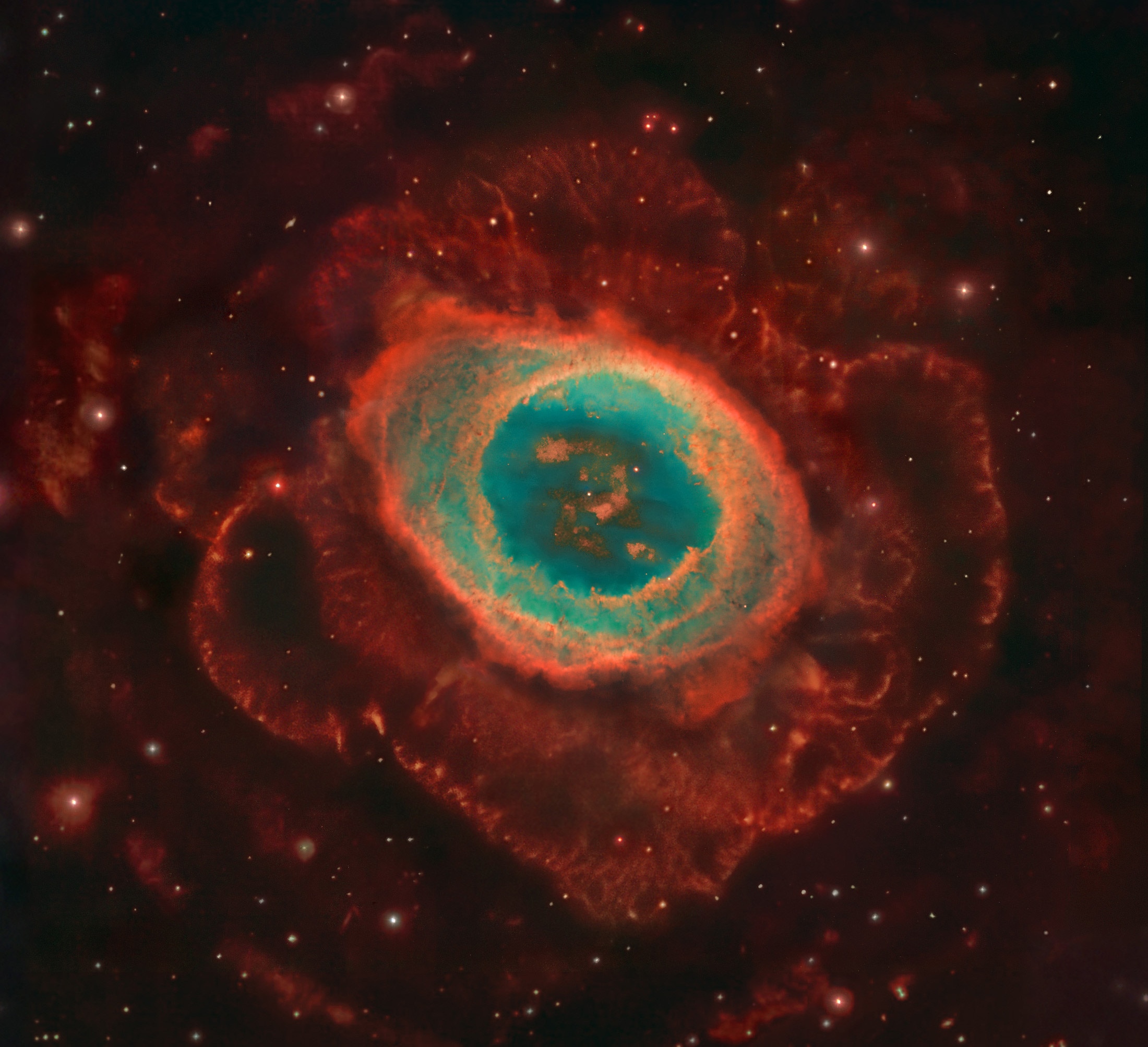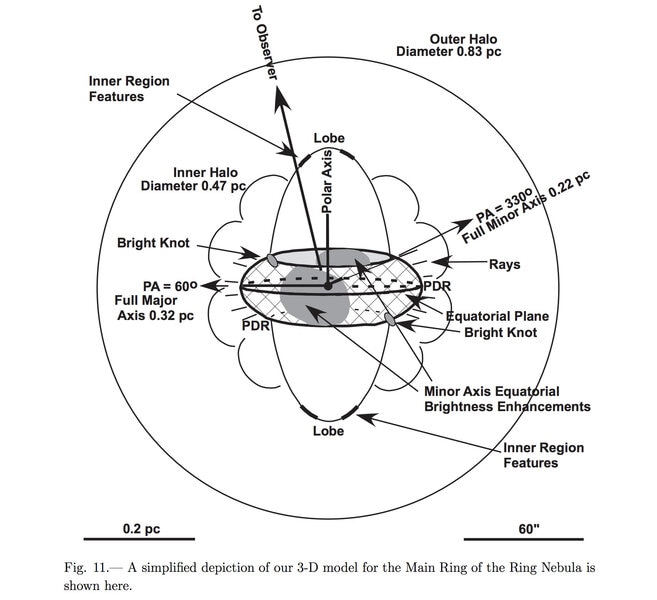Create a free profile to get unlimited access to exclusive videos, sweepstakes, and more!
The Ring Nebula, Still Mysterious After All These Years

Of all the planetary nebulae in the sky, none is more celebrated than M57, the Ring Nebula. Lying about 2,400 light years away toward the constellation of Lyra, it’s bright enough to be seen in small telescopes, and when long exposures are taken, quite a lot of detail comes out.
Astrophotographer Rob Gendler knows his way around a digital astronomical image. He has been making a habit of creating incredible photographs using multiple observatories, both in space and on the ground, professional and amateur. He took observations from the Hubble Space Telescope, the Large Binocular Telescope, and the monster 8.2-meter Subaru telescope, and combined them to make a stunning image of the Ring. I literally gasped out loud when I saw this:
(You really want to see that in full-res because wow.)
This extraordinary image combined visible light observations with ones taken in the infrared, well outside what our eyes can detect. Generally speaking the inner regions are emitting in visible, and the outer ones (shown in red) are infrared.
Back in the day, it was thought that the Ring was a simple shell, a thick soap bubble of gas cast off by a dying star, illuminated by the star’s fierce ultraviolet emission. Over time, though, we’ve realized it’s more complicated than that. Far more complicated.
Astronomers argue today over the details of the three-dimensional shape of this gas cloud. One group thinks the inner parts are barrel-shaped, and we’re looking down the long axis. Another model is that the inner ring is a much squatter, flatter barrel shape, with elliptical lobes of material poking out the ends. Both models argue that the “flower petals” are lobes of material, like balloons, pointing in slightly different directions, and the very outermost ring is a thin spherical shell, probably gas that was originally outside the star that got snowplowed as the gas from the star expanded and slammed into it. If we could see the Ring from the side, it would look very different; more like the Ant Nebula or possibly M2-9.
It was fascinating to read those papers; I studied planetary nebulae for my master’s degree (and in a limited extent for my Ph.D. as well). Determining their 3-D structures is maddeningly difficult, because we have limited information with which to figure them out. For example, looking end-on at an American football makes it look like a circle. Without knowing the angle we’re viewing it from the real shape may be hard to ascertain. The same sort of thing happens with planetary nebula. You have to really examine subtle details to tease out what the nebula is actually doing.
But I love this! Here is one of the loveliest and best-examined objects in the sky, and yet we’re still trying to figure out its exact shape. The thing is: We can. It’s possible. We just have to keep using new methods to observe it, use all the tools we have to dissect it, and lay out all these pieces of evidence to reassemble them into a picture we can understand.
Images like Gendler’s help this along, giving us a deep overview of the Ring. Over time, we’ll get to know this gorgeous example of a dying star even better, and from there gain a better understanding of how stars like our own Sun will die. It’s all part of science, and the joy of trying to grasp the Universe.
















